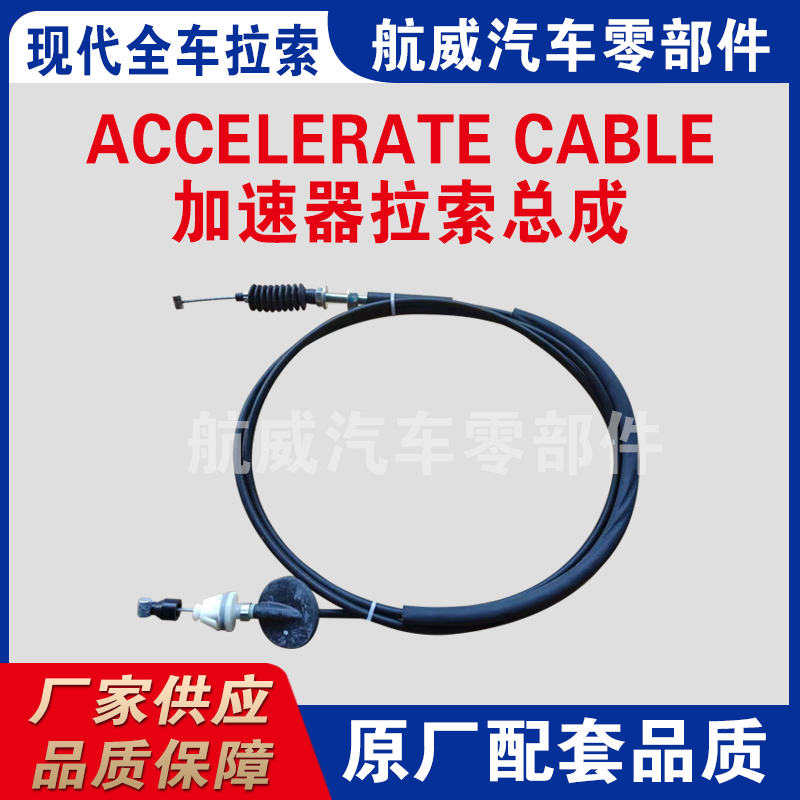Hydraulic Line for Clutch Slave Cylinder Optimization and Maintenance Guidelines
Understanding the Clutch Slave Cylinder and Its Hydraulic Line
The clutch slave cylinder plays a vital role in the functioning of a vehicle's manual transmission system. Working in conjunction with the clutch master cylinder, the slave cylinder helps to control the engagement and disengagement of the clutch, facilitating smooth gear shifts. In this article, we will delve into the clutch slave cylinder and its hydraulic line, exploring their functions, importance, and maintenance considerations.
The Role of the Clutch Slave Cylinder
Located typically near the transmission, the clutch slave cylinder is a hydraulic actuator that operates based on the pressure applied by the clutch master cylinder. When the driver presses the clutch pedal, hydraulic fluid is pushed from the master cylinder through the hydraulic line to the slave cylinder. This action causes the slave cylinder to extend its piston, which in turn pushes against the release fork of the clutch mechanism, disengaging the clutch plate from the flywheel. This process allows the driver to shift gears smoothly without grinding or damaging the transmission.
Hydraulic Line The Lifeblood of the System
The hydraulic line connects the master cylinder and the slave cylinder, allowing hydraulic fluid to flow between the two components. Typically made of durable rubber or metal, the hydraulic line must withstand high pressures generated during clutch operation. The integrity of this line is crucial; any leaks or blockages can result in inadequate hydraulic pressure, making it difficult or impossible to engage or disengage the clutch.
Proper maintenance of the hydraulic line is essential for the overall functionality of the clutch system. Regular inspections can help identify any signs of wear, such as cracking, bulging, or leaking fluid. If detected early, these issues can often be rectified without the need for extensive repairs.
clutch slave cylinder hydraulic line

Common Problems with Clutch Slave Cylinders and Hydraulic Lines
1. Fluid Leaks One of the most common problems associated with the clutch slave cylinder is fluid leakage. If there is a leak in the hydraulic line or the slave cylinder itself, it can lead to a drop in pressure and prevent the clutch from disengaging properly. This can manifest as difficulty in shifting gears or a spongy clutch pedal.
2. Air in the Hydraulic System Air can enter the hydraulic line due to leaks or improper fluid levels. This can cause the clutch to feel soft or unresponsive, necessitating a process called bleeding to remove the trapped air and restore proper function.
3. Worn Components Over time, the seals within the slave cylinder can wear out, leading to fluid leakage and reduced performance. Similarly, the hydraulic line may corrode or fracture, especially if exposed to harsh environments. Regular inspection and timely replacement of these components are crucial for maintaining optimal performance.
Conclusion
The clutch slave cylinder and its hydraulic line are integral parts of a vehicle's manual transmission system. Understanding how these components work together provides insights into their importance and the common issues that may arise. Regular maintenance, including inspections and timely repairs, can ensure that these elements function effectively, contributing to a smoother driving experience. By staying informed and attentive to the needs of your vehicle, you can prolong the lifespan of your clutch system and ensure its reliable operation for years to come.
-
Workings of Clutch Pipe and Hose SystemsNewsJun.04,2025
-
The Inner Workings of Hand Brake Cable SystemsNewsJun.04,2025
-
The Secrets of Throttle and Accelerator CablesNewsJun.04,2025
-
The Hidden Lifeline of Your Transmission Gear Shift CablesNewsJun.04,2025
-
Demystifying Gear Cables and Shift LinkagesNewsJun.04,2025
-
Decoding Clutch Line Systems A Comprehensive GuideNewsJun.04,2025
